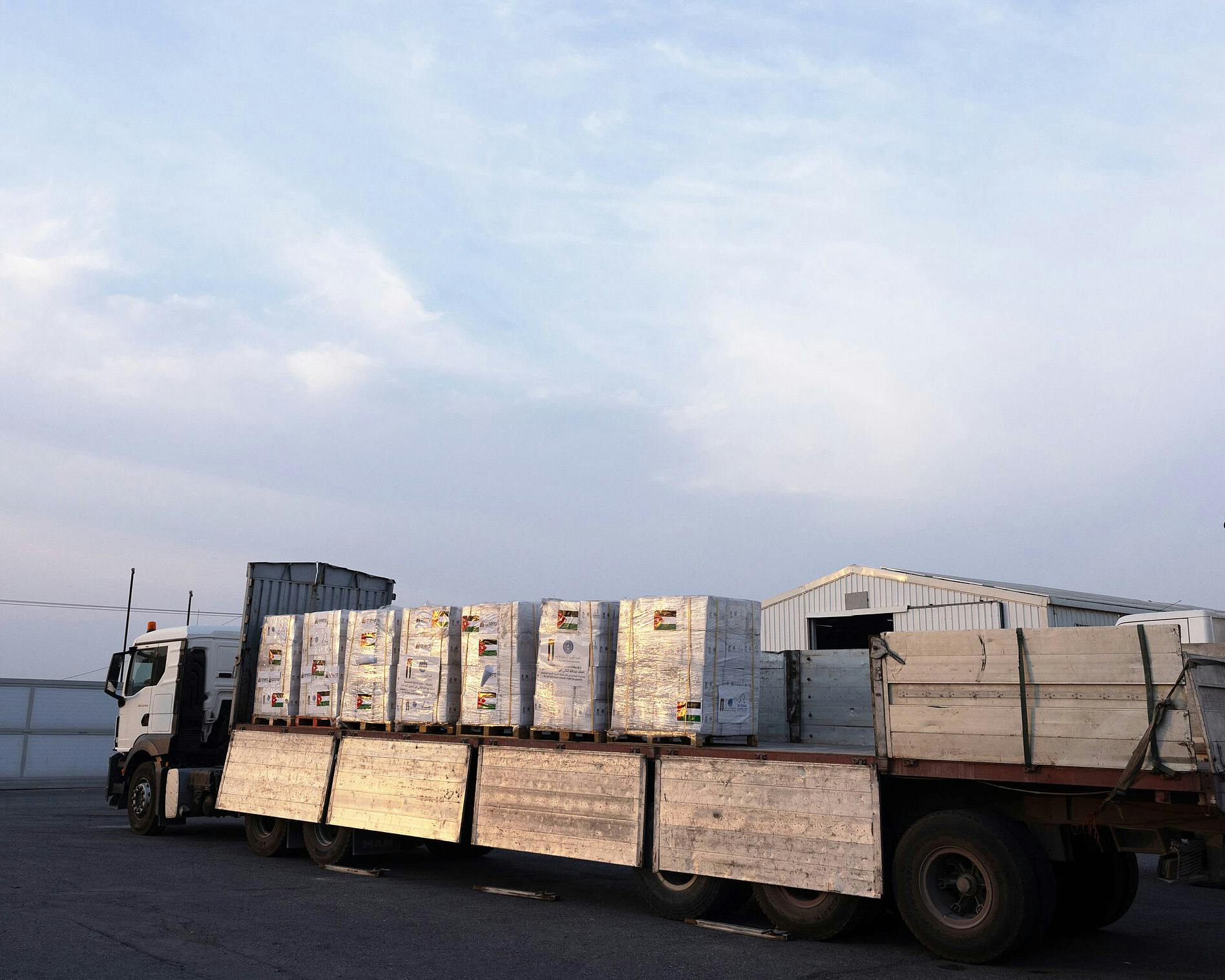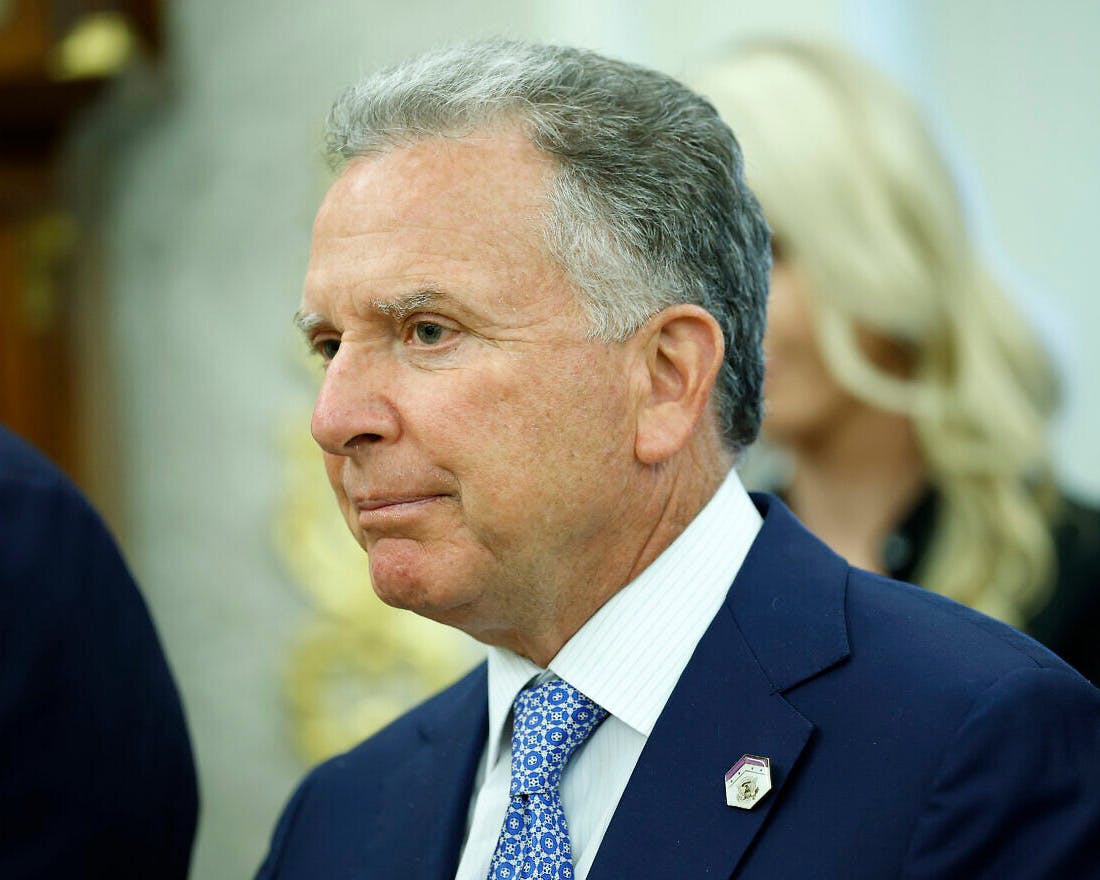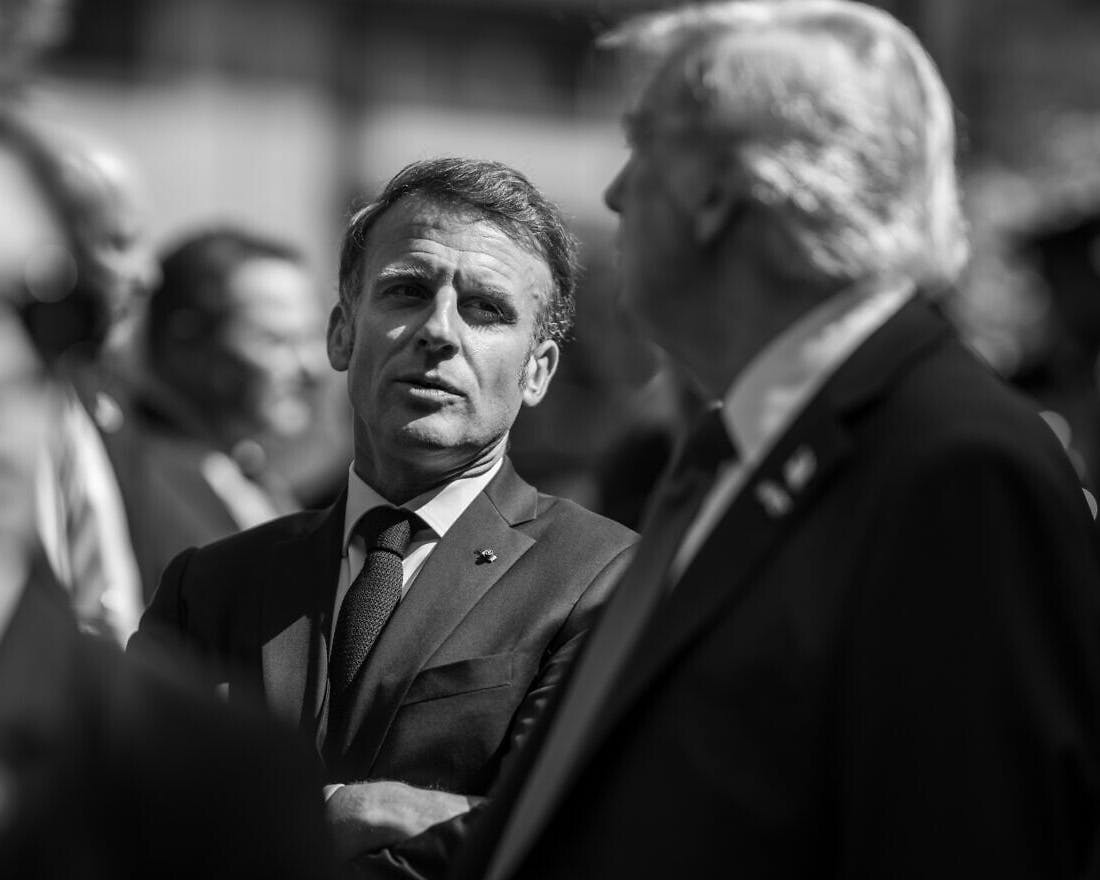'Atomic City', Aid from Pakistan and War with Saddam: How Iran Worked to Obtain Nuclear Weapons
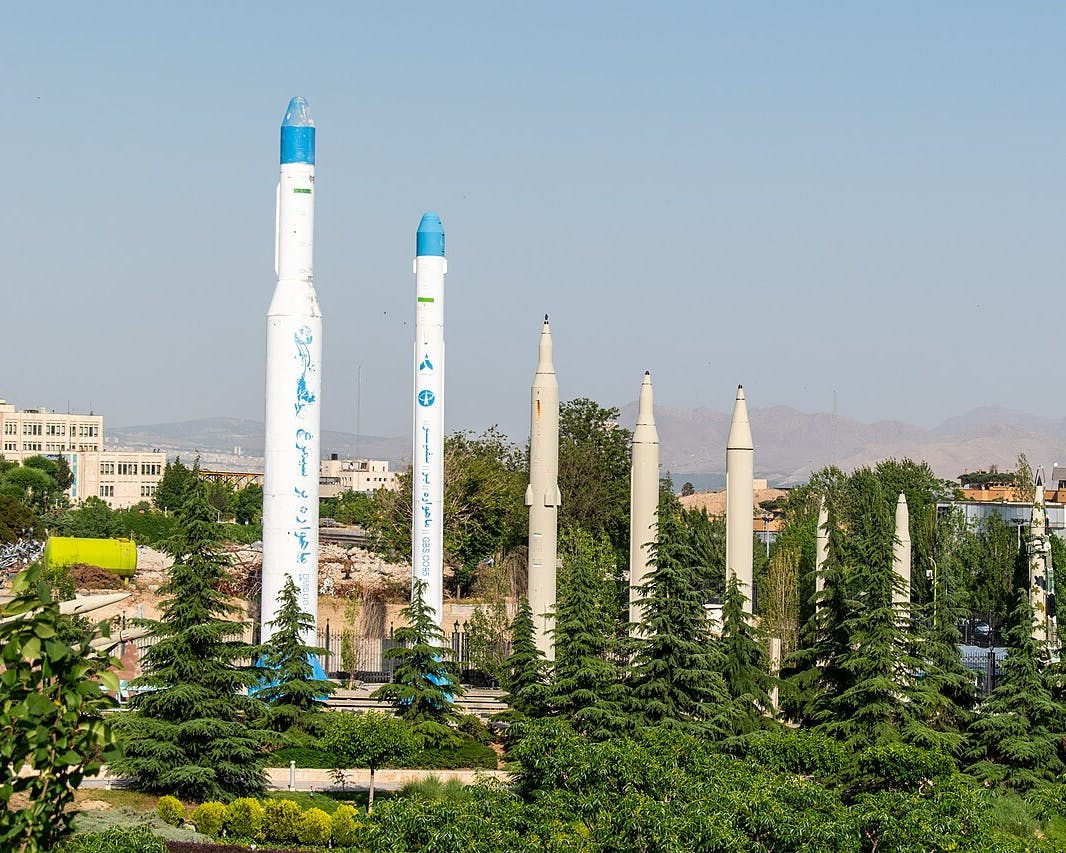
Thursday, 26 June 2025 | Before it became a strategic threat and a focal point of confrontation with Israel, Iran’s nuclear program was actually born out of an alliance with the United States and other Western countries, under the auspices of the Shah who ruled the country until Ayatollah Khomeini’s Islamic Revolution. In the 1960s and 1970s, the Shah’s Iran was considered a close ally of the West—and also of Israel. It received American assistance and French and German technology to establish civilian nuclear reactors, and it also aspired to nuclear weapons.
In 1975, the Shah signed an agreement with subsidiaries of the German conglomerate Siemens, and by the time Khomeini came to power the Shah had already made considerable progress in this area. The company, Kraftwerk Union, was supposed to—according to the contract—build in Bushehr two nuclear power reactors of 1,300 megawatts each. A year after signing the contract, construction work on both reactors was already underway. Work proceeded without interruption until the Islamic Revolution in 1979 and the outbreak of the Iran–Iraq War the following year.
Ayatollah Khomeini, who became Supreme Leader after the revolution, disliked the Shah’s grandiose nuclear plans. “The atom is the work of the devil,” he declared just before coming to power. The Iranian bomb program, like the rest of the Shah’s nuclear ambitions, was halted by Khomeini’s order. France and Germany did not pressure the Iranians to continue the projects, while the United States pressured its government not to cooperate with the Muslim fundamentalists who seized power in Iran.
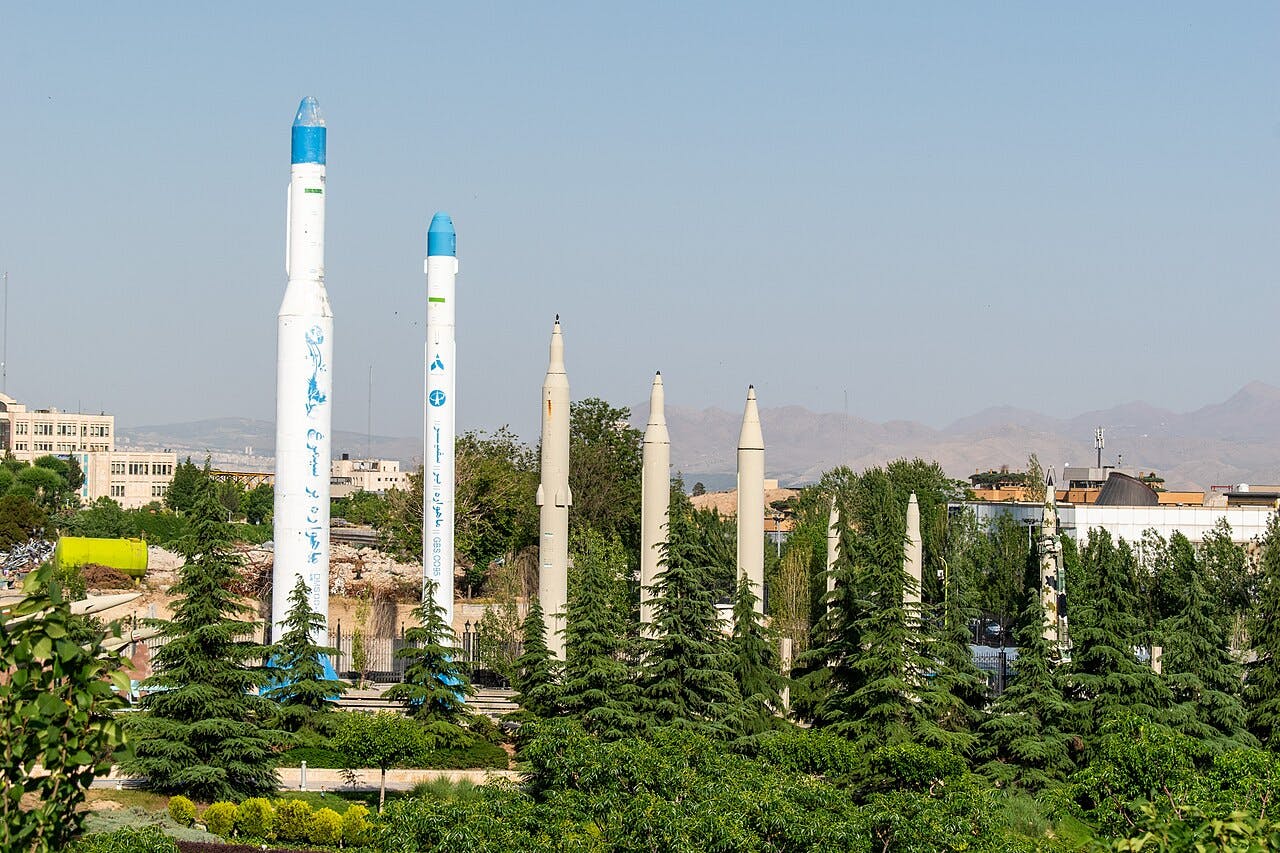
A comprehensive article by Ron Ben-Yishai, published in November 1991 in Yedioth Ahronoth on the history of the Iranian nuclear program, reported that the situation changed in 1985. In November of that year, the international edition of the Iranian newspaper Kayhan published an advertisement calling on Iranian nuclear scientists abroad to return to Iran to participate in a scientific conference on nuclear matters. The conference was due to take place in Bushehr in March 1986. Apparently, even Iraq noticed the announcement and Saddam Hussein’s army attacked the Bushehr reactor several times, which was under construction at the time.
The expert the Iranian government invited to assess the reactor’s damages was none other than Dr. Abd al-Qadeer Khan, Pakistan’s top nuclear authority known as the “father of the Pakistani bomb.” Khan, who declared that his country possessed a nuclear bomb, was considered the man who gave Pakistan entry into the exclusive club of nuclear-armed nations.
Simultaneously, under the influence of then-Iranian parliament speaker Akbar Hashemi Rafsanjani, Khomeini dropped his opposition to the “atomic devil” so that it could balance Iraq’s unconventional military power, and the bomb suddenly received “approval” from the highest authority in the Islamic Republic. The then-President of Iran, Ali Khamenei—now Supreme Leader—delivered a speech to the Atomic Energy Organization, and efforts to develop nuclear weapons gained momentum.
'Iran Will Have a Bomb Like That Dropped on Hiroshima and Nagasaki'
Initially, Iran received assistance from China, Pakistan and Argentina—and later from North Korea. The collapse of the Soviet Union presented a golden opportunity for Rafsanjani’s Iran to obtain what it had previously been denied. The Iranians quickly recognized the potential in thousands of unemployed Soviet nuclear scientists offering their services to the West.
In 1991, an article titled “Iran on the Path to the Bomb” estimated by Israeli experts that “if Iranian efforts continue at the current pace, and the Pakistanis and Argentines continue to assist them—within seven or eight years Iran will have an atomic bomb of the Hiroshima–Nagasaki type—perhaps even a more advanced model.” That is, by around the year 2000.
Prime Minister Benjamin Netanyahu had been following the development of Iran’s nuclear program since those years. In February 1993, while still a Knesset member, he wrote an op-ed in Yedioth Ahronoth titled “The Great Danger.”
“The most dangerous threat to Israel’s existence today doesn’t come from the Arab states but from Iran,” Netanyahu wrote. “Iran’s rulers repeatedly declare it will be an Islamic bomb and its first target—Israel.” He estimated, based on experts even then, that Iran would have a bomb by 1999.
Netanyahu quoted from Iranian President Rafsanjani’s October 1991 statement, saying “Muslims must cooperate in producing atomic bombs.” He also cited then-Vice President Mahjarni: “The goal of Iran’s nuclear armament is to build, together with its Muslim sisters, an atomic bomb to counter the Israeli bomb.”
Netanyahu, then a Knesset member, wrote 34 years ago of the Iranian regime: “Our duty is to make sure in advance that it doesn’t have the necessary means to realize this ambition. We must not rely on the assumption that rational considerations about a possible Israeli response will deter this fanatical mentality. Deterrence alone is not an adequate Israeli answer to the threat of an Islamic bomb. Israel must act decisively to prevent this existential threat.”
In 1996, after Netanyahu became prime minister, Arnold Beichman—a researcher and columnist for the Washington Post—wrote that Netanyahu would not hesitate to launch a surprise strike on Iran. He noted that the Iranians were very close to acquiring the capability to launch both conventional and unconventional missile strikes on Tel Aviv. The columnist, writing 29 years ago, emphasized: “Netanyahu cannot ignore the Iranian threat.”
Preparations for an Israeli strike—and Disturbing Signs from Iran
Reports of a possible Israeli strike in Iran began during Yitzhak Rabin’s tenure as prime minister. In January 1995, the New York Times reported, quoting “senior Israeli officials,” that “Israel is considering an air strike against Iran’s nuclear reactors if their development is not halted.” A senior IDF officer said: “When we look to the future and ask ourselves what the greatest problem will be over the next 10 years, it is the Iranian atomic bomb that tops the list.”
Furthermore, in May 1995 the prestigious British intelligence journal Jane’s reported that the chances of military confrontation between several Western countries—including Israel—and Iran were very high, due to Tehran’s attempts to acquire nuclear weapons.
A 24-page report stated that Iran announced it planned to build “10 reactors over the next two decades.” The report also stated that “if the nuclear project continues as planned, the potential for an Israeli air strike against Iranian nuclear sites will increase significantly.”
The report noted that Israel had already warned it might carry out in Iran a strike similar to the one on the Iraqi reactor in 1981, out of concern that it was the main target of Iranian nuclear weapons. Tehran then assessed that both the US and Israel would not be satisfied with economic measures but would seek to achieve a “military humiliation” of Iran. That report also estimated that Iran would have a nuclear bomb by around the year 2000.
But Israeli threats had little impact on Iran. In 2001, Yedioth Ahronoth published an exposé by Ronen Bergman reporting that, under the noses of the IAEA [International Atomic Energy Agency] and Western intelligence agencies, the Iranians had built a complete “Atomic City” in Bushehr with the help of Russian knowledge, equipment and scientists—centered around two nuclear reactors.
The investigation featured satellite images from IKONOS [commercial Earth observation satellite], revealing intense activity on the site, including the construction of a large underground bunker—probably for command and control—and defense via missile boat. The article stated that, according to Israeli and American estimates, the first Iranian atomic bomb was expected to be assembled in Bushehr within five to seven years.
Historic Appearance by Netanyahu at the UN—and Exposure of the Nuclear Archive
Over the years Iran expanded its nuclear facilities. In 2009, a uranium enrichment plant was uncovered at Fordow. The facility was carved into the mountainside at an IRGC [Iranian Revolutionary Guard Corps] base near the holy Shiite city of Qom. In 2011 it was reported that Iran had succeeded in enriching uranium to low levels of 4%–20%, but the fear was that it had the knowledge and means to further enrich it to the weapons-grade 90% necessary for an atomic bomb.
Pressure in Israel due to the Iranian nuclear program’s progress led to reconsideration of the strike option. In October 2011, Nahum Barnea wrote in Yedioth Ahronoth that security officials were then wondering whether Netanyahu and Defense Minister Ehud Barak had secretly agreed—despite opposition from top security officials and without public discussion—to strike Iran’s nuclear facilities.
The column said Netanyahu and Barak were perceived at that time as pushing for action. Netanyahu had formulated his logic at the start of his term: Mahmoud Ahmadinejad (president of Iran 2005–2013) is Hitler; if not stopped in time there will be a Holocaust. Barnea wrote that some described Netanyahu’s passion on the issue as obsessive: he had always dreamed of being Churchill, and Iran gave him the opportunity. Barak did not use such superlatives but was also pushing for military action, convinced that, just as Israel had thwarted nuclear projects before, it must thwart this one.
Less than a year later, in September 2012, Netanyahu presented the Iranian threat in his UN speech and set a red line. With a drawing of a bomb with a fuse and a red marker, he defined the line Israel would not allow Iran to cross on its way to an atomic bomb. He won applause and said the Iranians were racing toward a nuclear bomb and that by spring—or at the latest summer—that year the Islamic Republic would have enough uranium for a bomb, and must be stopped before then.
He said that he had been speaking about preventing Iranian nuclear weapons since 1997. “I spoke about it in my first term, at the end of my first term, when it was in fashion and when it wasn’t. I’m speaking about it now because the hour is late. Very late. I’m speaking now because Iran’s timetable waits for no one. I’m speaking now because it’s essential for the existence of my country. It’s not just my right to speak; it’s my duty.”
One year later, Netanyahu returned to the UN, focusing again on the Iranian nuclear issue.
He sent a message to Iran and to the United States: “If we must—we will act alone against the ayatollahs’ regime.” Netanyahu urged the world not to be fooled by Tehran’s soothing words about its nuclear program and to beware of Iran’s deception aimed at buying time on the path to the bomb. “Rouhani doesn’t sound like Ahmadinejad, but when it comes to Iran’s nuclear program, the only difference is this: Ahmadinejad appeared in a wolf’s skin, while Rouhani is a wolf in sheep’s clothing,” he said.
“Why is a country supposedly needing nuclear energy only for peaceful purposes building secret underground nuclear facilities?” Netanyahu asked. “Why does a country so rich in natural resources like oil invest in nuclear capacity? Why does a country claiming to need nuclear energy for civilian purposes violate UN Security Council resolutions and accept severe economic sanctions? Why is a country with a supposedly peaceful nuclear program developing intercontinental ballistic missiles that can carry nuclear warheads?”
For years, the West claimed Iran was seeking nuclear weapons for military purposes, but Tehran adamantly denied it, insisting its nuclear program was for peaceful ends, such as electricity and medicine production, and barred IAEA inspectors from its nuclear facilities.
But these claims, and Netanyahu’s statements, did not yield results. In July 2015, a nuclear deal was reached with Iran—the Joint Comprehensive Plan of Action (JCPOA). As part of the agreement, backed by then-President Obama, the international community lifted sanctions against Iran in exchange for monitoring of its nuclear sites. “All the hard work paid off and we reached the agreement. God bless our people,” said an Iranian diplomat after the deal was approved.
A few years passed, and reports of Iran nearing atomic bomb capability were repeated, along with reports of possible Israeli attacks. In May 2018, Netanyahu held a press conference at the Kirya base Defense Ministry headquarters in Tel Aviv, revealing that the Mossad had obtained Iran’s secret nuclear archive.
Standing next to several Iranian binders, Netanyahu revealed that the Mossad had acquired half a ton of intelligence material—containing tens of thousands of documents and disks from Iran’s secret nuclear program known as Project Amad—and displayed the haul. “They developed warhead designs like five bombs that fell on Hiroshima and missiles toward Tel Aviv. Iran promised there was no such project—and lied,” he said.
As in his UN speeches years earlier, Netanyahu relied heavily on visual impact, displaying hundreds of binders purportedly containing copies of intelligence gathered by the Mossad. Moreover, although the event took place at 8 p.m.—coinciding with Israeli news broadcasts—he spoke almost entirely in English, directing the message to the world.
“Tonight, you will see something the world has never seen before,” Netanyahu opened. “Tonight, we will reveal unequivocal proof from the nuclear archive that Iran hid from the international community. We will show you their secret files. Their leaders deny they want nuclear weapons. Iran lied—and lied big.”
Then, after more years of reporting on Iran’s progress and proximity to a bomb, the Israeli Air Force struck Iran directly for the first time. On the night of April 19, 2024, Israel attacked Iranian military targets—on Iranian soil. According to reports, the Iranian Air Force facilities were one of the targets attacked, following Iranian missile launches toward Israel a few days earlier.
According to Fars News Agency, an explosion was heard northwest of the city near an Iranian military air base. Other reports claimed the blast occurred near the local airport. In Isfahan province are several Iranian nuclear sites, including Natanz.
Dozens of aircraft participated in the operation, managed by the Air Force under then-Chief of Staff Herzi Halevi and Air Force Commander Tomer Bar. Early reports of six explosions in Tehran and nearby Karaj emerged around 2:00 a.m., and about two and a half hours later an American official told the Wall Street Journal that a “second wave” of strikes had begun. Iran announced it was closing its airspace until further notice and canceling all flights; Iraq likewise closed its airspace for several hours.
The dramatic operation was nicknamed “Days of Revenge.” A statement from an IDF spokesperson after the strikes said that all Israeli Air Force aircraft returned safely to their bases. A 6:00 a.m. statement added: “Air Force aircraft and UAVs, guided by intelligence, attacked production facilities and missiles that Iran fired at Israel over the past year. At the same time, Iran’s air-defense systems and additional aerial capabilities, intended to limit Israel’s freedom of action over Iran, were also struck.”
On June 13, Operation Rising Lion began, in which numerous targets in Iran were struck. On June 22, the United States joined the assault when its B‑2 bombers dropped multiple powerful bombs on Iran’s nuclear facilities in Fordow, Natanz and Isfahan. In response to the extensive Israeli operation, Iran launched hundreds of ballistic missiles and UAVs toward Israel.
(This article was originally published by the Ynetnews on June 25, 2025. Time-related language has been modified to reflect our republication today. See original article at this link.)
https://www.ynetnews.com/magazine/article/sjy3bqpvxe#autoplay
License: Wikimedia
Related Resources

Discover Your Purpose and God’s Heart For You
In today's divided, turbulent world, it's essential for the Church to rediscover God's heart. Our free e-book, authored by a seasoned expert with three decades of experience in Israel, delves deep into the teachings of Jesus (Yeshua) to reveal God’s principles of love and purpose. Learn how embracing these truths can bring significance and impact to your life, even amidst chaos. Subscribe now to receive your free copy and embark on a journey of transformation.

